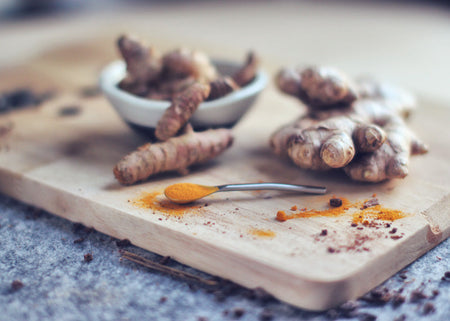Granatäpfel sind nicht nur lecker, sondern auch reich an Nährstoffen und Antioxidantien. Doch oft stellt sich die Frage: Wie isst man einen Granatapfel richtig?In diesem Blogbeitrag zeigen wir dir Tipps & Tricks, wie man einen Granatapfel einfach und schnell schälen, schneiden und öffnen kann. Mit dem dazugehörigen Video wird das Granatapfel Schälen zum Kinderspiel. Außerdem werden wir uns genauer mit den vielen Vorteilen des Granatapfels befassen und zeigen dir anhand leckerer Rezepte, wie du Granatapfelkerne in deine Ernährung integrieren kannst.
How do you peel a pomegranate?
- Cutting a pomegranateCut off the stem of the pomegranate carefully so as not to damage the seeds.
- Open the pomegranate: Slightly score the skin of the pomegranate towards the lower end and carefully break it open.
- Place the pomegranate in a bowl of water to make it easier to remove the seeds. The white skin should then float on the surface of the water.
- Finally, you can sieve the seeds out of the water and allow them to drain.
Extra tipTo keep the fruit stable while cutting, place a towel underneath. This also prevents the juice from splashing and staining.
Pomegranatesare a fascinating fruit with a rich history and manyhealth benefits. Originally native to Persia and the Mediterranean region, the pomegranate is now popular all over the world. The hard skin of the fruit surrounds a multitude of juicy, sweet seeds that are not only delicious, but also full of antioxidants and anti-inflammatory compounds.
Advantages of pomegranates
Pomegranates are not only super tasty, they also offer you many health benefits. You can find out exactly what benefits you can expect here:
- Antioxidants: One of the most remarkable properties of pomegranates is their high antioxidant content. Antioxidants are compounds that can protect the body's cells from free radical damage caused by pollution, smoking and other factors. Eating pomegranate can help protect the body from this damage.
- Anti-inflammatoryAnother benefit of pomegranate is its anti-inflammatory effect. Inflammation is a natural response of the body to infection or injury, but when it becomes chronic, it can lead to various health problems. Studies have shown that regular consumption of pomegranate can reduce inflammation in the body.
- Reduce the risk of heart diseasePomegranate can also help reduce the risk of heart disease. One study found that eating pomegranate can help lower blood pressure and reduce LDL cholesterol (the 'bad' cholesterol) levels. These are both important factors that can increase the risk of heart disease.
In addition to its health benefits, pomegranate is also a delicious and versatile fruit. The seeds can be eaten on their own or added to salads, muesli, yogurt and other dishes. Pomegranate juice can also be used as an ingredient in smoothies, cocktails or dressings.
Can you peel a pomegranate without water?
Yes, you can peel a pomegranate without a bowl filled with water. To do this, you can score the skin of the pomegranate with a knife and then carefully open it with your fingers. The seeds can then be removed by hand.
However, it can be difficult to remove the seeds completely in this way without breaking them. Soaking them in water can also make it easier to remove the white skin, which usually remains on the surface of the seeds and can taste bitter.
How long do pomegranate seeds last in the fridge?
Pomegranate seeds will keep for up to a week in the fridge in a sealed container. It is important to store the seeds in an airtight container to protect them from humidity, which can cause them to spoil more quickly.
If you want to keep the pomegranate seeds for longer, you can also freeze them. The seeds can be stored in a sealed container in the freezer for up to six months. However, the seeds should be thoroughly washed and dried before freezing.
What can you do with pomegranate seeds?
Is it healthy to eat pomegranate seeds?
Pomegranate seeds are very healthy. They contain many vitamins, minerals and antioxidants that good for your body are good for your body. They can also help to reduce the risk of cardiovascular disease, cancer and inflammation.
One portion of pomegranate seeds contains about 40% of the recommended daily intake of vitamin C and 20% of the recommended daily intake of vitamin K. They also contain polyphenols, a type of antioxidant that can help reduce the risk of inflammation and chronic diseases such as diabetes, cancer and Alzheimer's.
The anti-inflammatory properties of pomegranate seeds can also help reduce the risk of heart disease. Studies have shown that taking pomegranate products can help to lower blood pressure, reduce arterial stiffness and improve blood circulation.
Our cold-pressed pomegranate juice made from 100% organic pomegranate provides you with many important vitamins and nutrients and thus contributes to a healthy and balanced diet.
We hope this article has helped you, how to peel, cut and open a pomegranateand inspire you to include pomegranates in your diet. Share your experiences and recipes with us in the comments!
Das könnte dich auch interessieren








